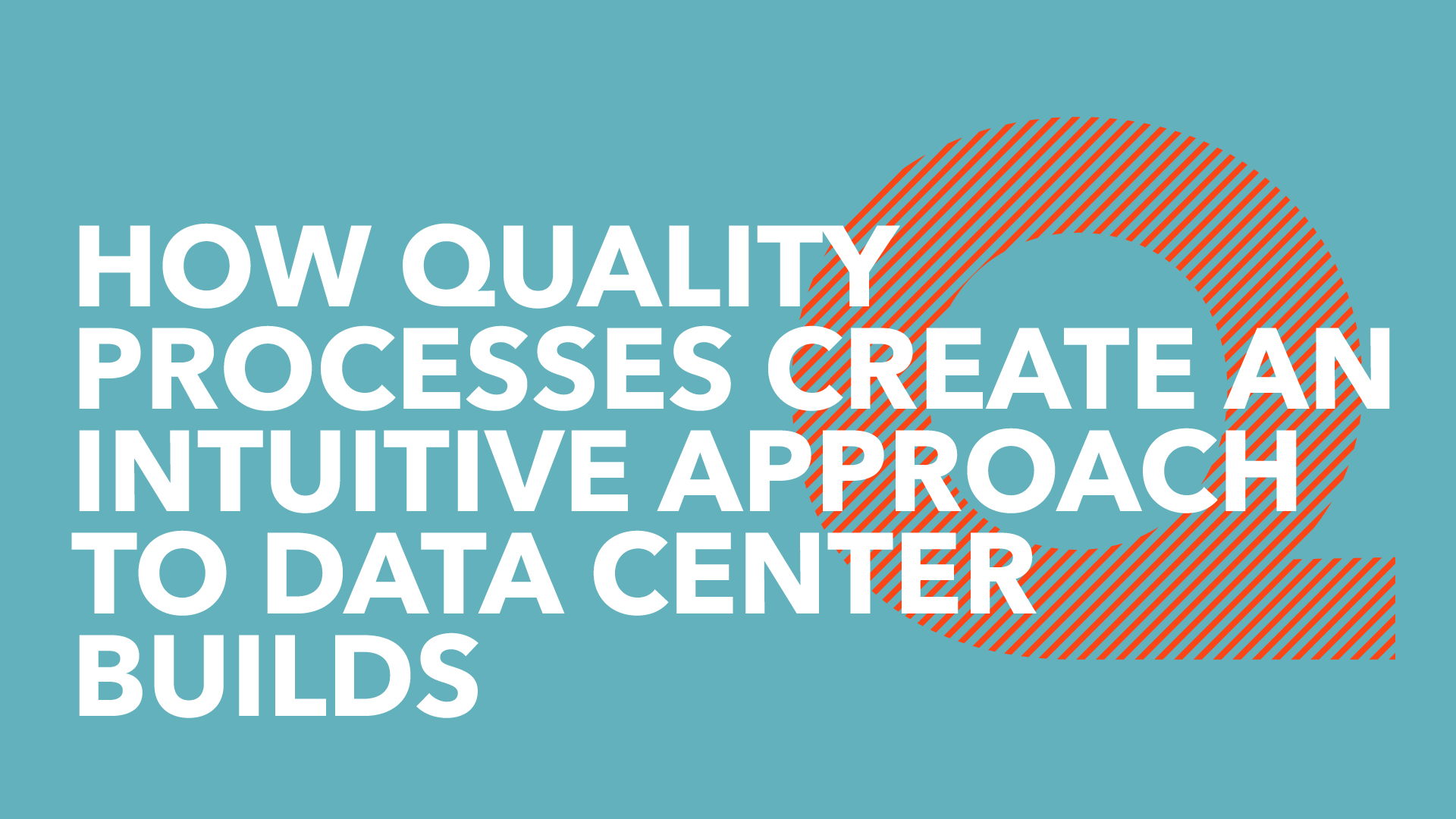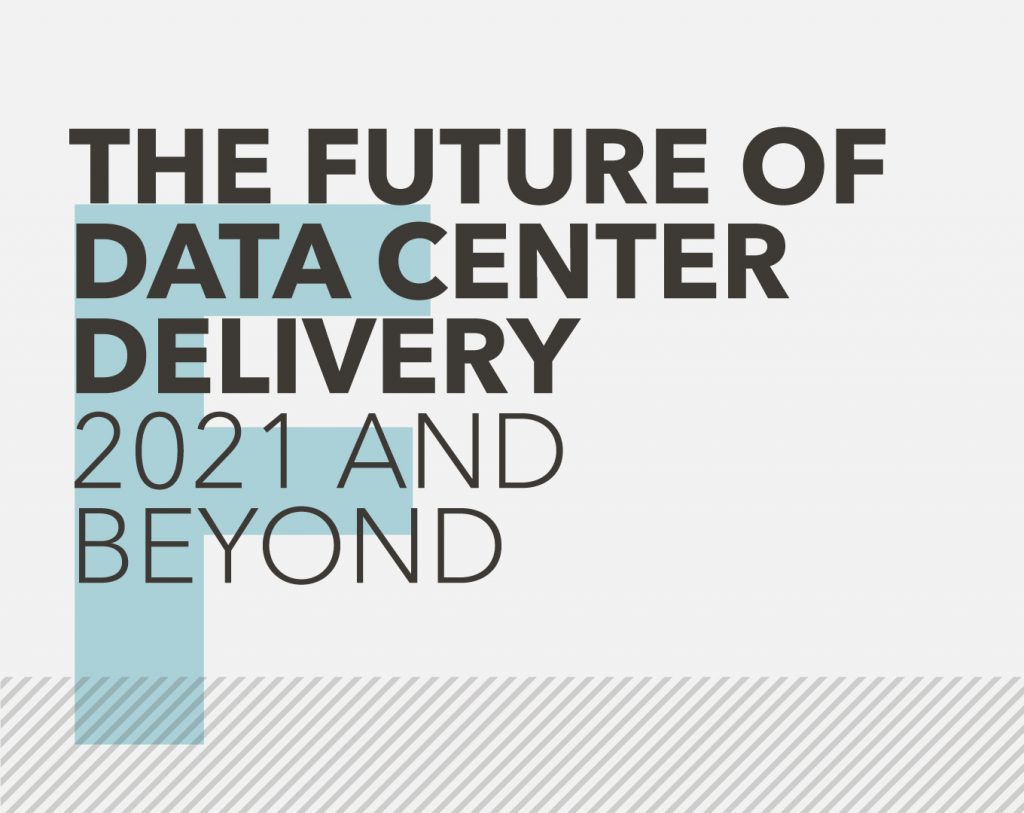How quality processes create an intuitive approach to data center builds
By: Liz Raven

At Yondr, we pride ourselves on the simplicity and integrity of our work. From the outside, our clients experience a seemingly intuitive approach to designing, building and operating a data center. However, a lot goes on behind the scenes to create this experience.
As head of quality, I’m responsible for designing and implementing best practices and a quality-focused framework within the company.
I work closely with teams to build structures that serve the needs of both colleagues and clients. I also collaborate carefully with individual team members to embed insider knowledge into new practices.
These structures, practices and processes create the ‘intuitive’ process that our clients have come to expect.
Here’s how they are created.
Share your lessons learned
Our people possess a wealth of experience, knowledge and expertise. Yet, no one arrives at a project thinking they know everything. Instead, they arrive ready to learn, ask questions and share information.
A vital part of developing an intuitive process is “lessons learned” practices. People are asked to log the lessons they learn during a project and share them with the team on the next assignment.
Why wouldn’t you share your insights with another team? Aren’t they going to be building the exact same thing that you’ve just built?
The lessons learned practices have proven invaluable. When teams share information with one another and everyone abandons their need to be seen as infallible, it has a compounding effect on quality, efficiency and progress of the work.
This practice is only possible thanks to Yondr’s culture. The absence of egos, supportive environment and openness to new ideas makes the company a petri dish for progress.
Implement the seven quality management principles
Most people in my position take some inspiration from the Seven Principles of Quality Management.
Here are the seven principles as they relate to my role:
- Focus – Meeting client requirements and striving to exceed client expectations.
- Leadership – Leaders/Managers at all levels have the same purpose and direction.
- Engagement of people – Having competent, empowered and engaged people throughout the organisation
- Process approach – Activities are understood and managed as processes that function as a coherent system.
- Improvement – Successful organisations have an ongoing focus on improvement.
- Evidence-based decision making – Decisions based on analysis and evaluation of data and information are more likely to produce desired results.
- Relationship management – An organisation manages its relationships with interested parties – such as suppliers.
The principles are easy to understand. However, implementing them requires dedication and focus.
In my role, I have three broad areas of focus: awareness training, support and recognition of the management, and relevance. Within these three areas, each of the seven principles of quality management plays a part.
Leverage feedback and impartial views to solve problems
I spend a lot of time listening to people.
I conduct internal audits, gather feedback and communicate with lots of people in different departments. This is perhaps the most enjoyable part of my role because people like to be heard. They want to be involved and help make changes.
Every voice is valuable, and everyone’s feedback is welcomed. People know there’s nothing stupid they can say to me. They might offer a new insight or they may echo a point someone else has made. It doesn’t matter. Both are valid.
To share one of my own lessons learned, I’ve come to realise how important silence is when listening to someone. This discovery surprised me because I used to think silence was awkward. Now, it’s the silences I look out for.
When someone is silent, they’re thinking. Give them that space. There’s usually a valuable insight on the other side of it.
Another surprising discovery is that gathering impartial views has repeatedly helped to solve problems.
If a process isn’t working, I consult with people in the relevant teams and I also run it by people in completely unrelated departments. These impartial people usually offer a different perspective or point out something I’ve missed.
If you’ve ever listened to a friend tell you about a problem they’re facing, you’ve probably noticed that, as an outsider, the solution seems glaringly obvious to you. But, they’re so wrapped up in the situation they can’t see the wood for the trees. That’s what it’s like when you speak to someone from a different department.
Create structures that benefit both the team and client
I want to create simple, effective processes that increase efficiencies on client projects and win the support of the teams involved.
We must make sure we clearly understand the client’s requirements before a project begins. Then we can ensure the processes are relevant to the project and, if necessary, adapt them to suit the client’s needs.
Client feedback is paramount to continuously improving the quality of our work. This normally comes in the form of two questions:
What can we do better for you?
What’s currently working?
These two simple questions always get me the information I want. Finding out what we’re doing well is important, otherwise we risk disrupting a process the client loves while trying to improve something else.
It’s essential that teams understand why a process exists. If people don’t know how a process works and where it fits in the wider context of the company, they’re likely to get frustrated during the project and jump to the conclusion that the process doesn’t work. That’s why awareness training is so crucial.
I’ve learned to launch new initiatives in multiple ways, so people can absorb the information in a way that suits them. Some people prefer in-person training, while others would rather read through a document in their own time.
Test ideas
I launched some quality training not long ago. I wasn’t sure if it was a good idea at first, so I asked some trusted colleagues their opinion and they agreed it would be useful.
I outlined the key lessons I thought the training should cover and approached a few people on the project who I trust and presented them with my thoughts. It wasn’t anywhere near finished, just headlines on a bit of paper. But I knew they’d tell me if I was heading in the right direction.
I think everyone in Yondr has a network of people they can go to with a scrappy piece of paper and get honest feedback without feeling stupid. And, when people know they’re trusted, they don’t hesitate to come to you with new ideas when something isn’t working.
I always run through a new process myself before it’s rolled out for testing. If I’m bored after two minutes I know I’m not going to win the hearts and minds of my colleagues. If I feel it’s ready, I ask myself a few final questions to make sure it has Yondr’s trademark simplicity:
What can I do to make this better?
Have I hit everything?
If I have to send this out today, is it ready? Would I be proud of it?
Then it’s time to see how the process fairs in the real world. Some refinement may be needed after testing but so much work goes into getting the process right beforehand that changes are usually minimal.
A final word
I must end by reiterating the importance of feedback in creating quality processes. I’ll never launch a process without talking to people first because I’m not the one who’s going to go through it, they are.
Every process has to be relevant and suitable for the people using it. I might know what the headlines are and how to structure the process, but I’m not on-site 24/7 and could easily miss something. That’s why embedding insider knowledge into new processes is essential to creating an intuitive working process.



